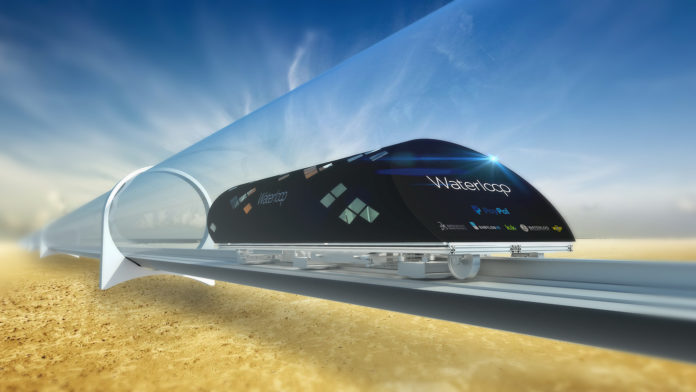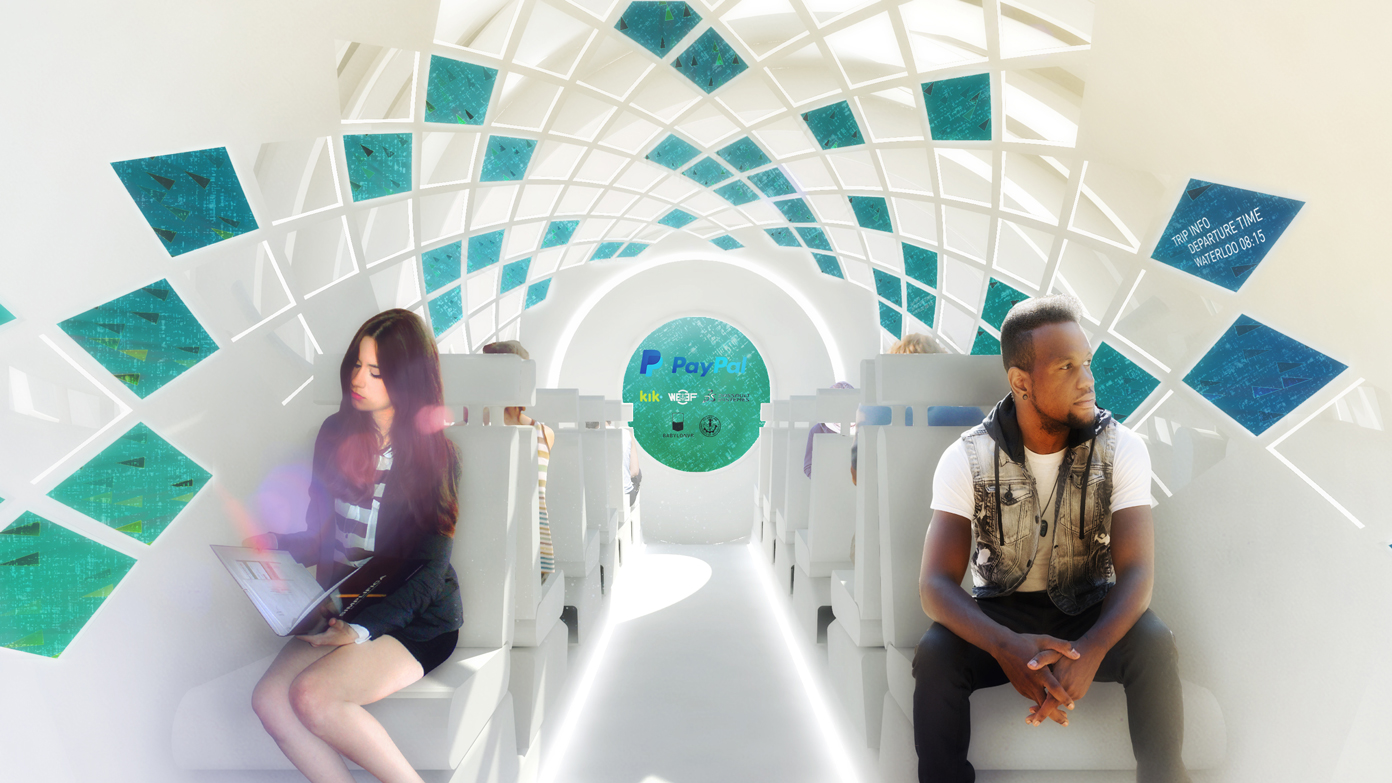At the heart of the Waterloop high-speed train design is a set of air castors that provide a cushion of air under the train that allows it to move without the ground friction of wheels and rails. While air castors are common commercially available parts, usually used to lift heavy objects like docked ships, their use at high speeds is new.
Team Waterloop, the student design team from the University of Waterloo behind this innovation, hopes it will be one step in changing the way we travel. Down from an original 1,200 teams that submitted designs to the SpaceX Hyperloop Challenge, Team Waterloop is now one of only 31 teams worldwide who have been invited to build and test prototypes on a 1-mile vacuum track in January 2017. The only other Canadian team is Hyperloop Toronto from the University of Toronto.
What is the Hyperloop Challenge?
The hope is to ultimately build trains that can push towards the speed of sound, moving passengers at speeds even faster than jet planes.
Elon Musk, the billionaire mind behind SpaceX and Tesla, issued a global challenge to students and everyday citizens, to design and build prototypes for electric train pods. In return, he pledged to build a 1-mile test track for finalists to use: a steel tube that could be placed under a vacuum, lowering the air pressure to an equivalent to being 48,800 metres above the Earth, to allow the pods to move without air resistance.
Under these conditions, trains could theoretically move at speeds up to 1,200 km/h. The trip from Toronto to Montreal could be made in just half an hour, or from Toronto to Vancouver in just over 3 hours. The enclosed track would also eliminate weather-related delays.
How could the Hyperloop result in a cultural shift?
High speed electric trains would offer a sustainable way to physically connect people across long distances. They would be more efficient and rapid than flying.
In the same way that the internet revolutionized the speed and ease of information transfer, this could be the equivalent for physically moving talent. Imagine that instead of being restricted to living within the cities or towns around your workplace that you could easily commute to another province for work.
What’s special about the Waterloop design?
Each Waterloop pod may cost just $37,000 to build, owing to the team’s dedication to a simple manufacturing process, low pod mass, and the inclusion of as many commercially available components as possible.
In addition to its innovative use of air castors that allow the train to float, its geodetic frame and rounded bottom are designed to roll into turns to make the ride more comfortable for passengers, and reduce energy consumption and transit times.
The pod is designed to carry 26 passengers at a top speed predicted at around 1,000 km/h, with a cruising velocity of around 350 km/h. Its interior design includes screens to broadcast information and panoramic snapshots of places along the track, creating a shared experience for riders.
Artist’s rendering of the interior of Team Waterloop’s high-speed floating train design
Credit: Team Waterloop
How has the global community come together?
Despite the Hyperloop Challenge being framed as a competition, all of the information gathered will be open source, meaning that anybody can access the results and build on the designs to make them even better. It has sparked global interest in innovating sustainable transportation.
The students behind Waterloop have even commented that the technologies being explored are so new that even competitors are banding together, helping one another and making thoughtful suggestions via Facebook Messenger.
When global innovators come together this way, everybody wins.
Hungry for more on high speed rail? Check out Professor Andrea Damascelli’s Orange Chair Interview on quantum materials for levitation.









































